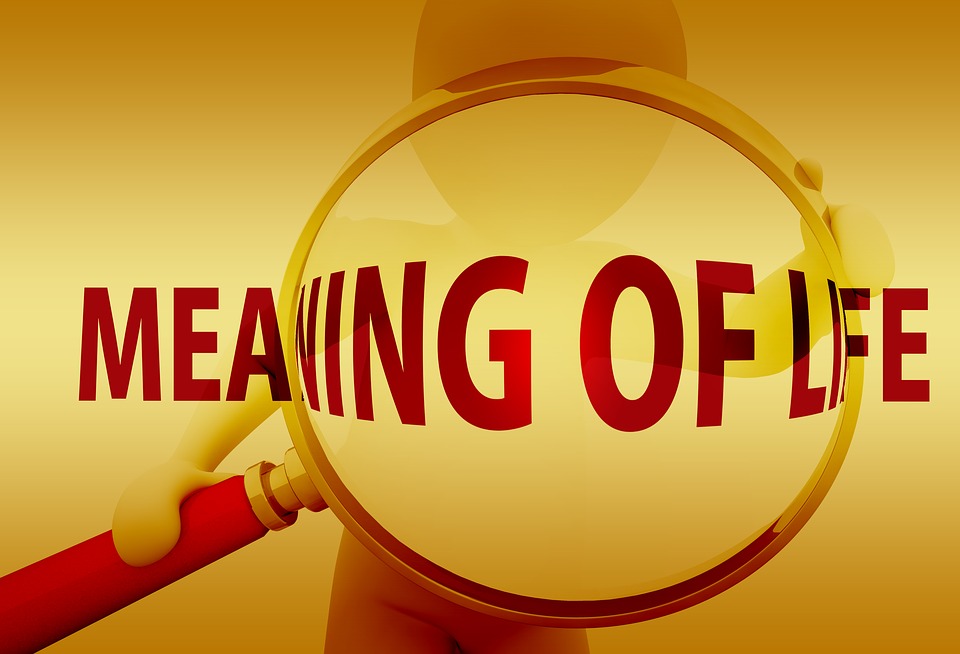A Breakdown of Existential Therapy in 8 Points

In this article, I will be breaking down the approach of existential therapy into 8 main points. Having an understanding of different approaches to therapy is useful for helping you identify what type of therapy might benefit you the most. It also gives you a basic understanding of how therapy works so that you know if you are getting proper help and how you can outline steps to guide you through difficult times in your life. Studying the theory and practice of therapy and counseling helped me identify the type of therapy I should look for when I was searching for a therapist to help with my anxiety. Existential therapy is a good choice if you are experiencing anxiety about what meaning there is to life or if you are going through a transitional period. Keep reading for more information on existential therapy.
A Breakdown of Existential Therapy in 8 Points
 1. Application
1. Application
Named for dealing with existential crises, this approach is best for people facing a crisis that is development related or due to a life transition. Things such as graduating from high school or college, finding a new career path, or any type of transition you’re going through. This approach can be used in both individual and group settings and works well for learning to cope with situational anxiety, making sense of your current place in life and finding values to live by.
 2. Contributions (general & multicultural)
2. Contributions (general & multicultural)
The existential therapy approach recognizes that a subjective approach is needed to view the total human condition, rather than various parts. That being said, it places focus on finding a philosophical statement on what it means to be human rather than on the I/Thou relationship and thus “lessens the chances of dehumanizing therapy” (Corey, 2012). According to the book Theory and Practice of Counseling and Psychotherapy, existential therapy “provides a perspective for understanding anxiety, guilt, freedom, death, isolation, and commitment”(Corey, 2012).
As for multicultural contributions, existential therapy takes the person’s cultural background into account and focuses on their phenomenological world (their consciousness and direct experiences that shape their reality). This approach aims to help people examine what options for change are available “within the context of their cultural realities” (Corey, 2012).
 3. Goals
3. Goals
There are three main goals of the existential therapy approach: (1) help people realize they have freedom and possibilities available; (2) challenge people to realize they have more control over events in their life than they thought; and (3) to “identify factors that block freedom” (Corey, 2012).
 4. Key Concepts
4. Key Concepts
The existential therapy approach isn’t a firm theoretical model. Instead it stresses focusing on the present, human conditions, and self-awareness before taking any action to shape one’s self.
 5. Limitations (general & multicultural)
5. Limitations (general & multicultural)
This approach has more of an abstract framework, rather than a defined set of principles and practices. So its applicability is more limited than other therapy approaches. The values that are part of this approach often conflict with cultural values. Values such as individuality vs. collectivism and freedom vs. respect for tradition are a couple of examples.
 6. Techniques
6. Techniques
This approach puts understanding above the use of specific techniques. Therapists using this approach tend to incorporate techniques from other approaches. Rather than diagnosis and testing, the therapist addresses meaning and meaninglessness, freedom and responsibility, and other existential issues.
 7. Therapeutic Relationship
7. Therapeutic Relationship
The relationship between the therapist and their client is one of understanding the client’s world. The therapist helps the client in establishing an authentic, here-and-now encounter.
 8. Theory Philosophy
8. Theory Philosophy
The philosophy of existential therapy is “a central focus on the nature of the human condition, which includes a capacity for self-awareness, freedom of choice to decide one’s fate, responsibility, anxiety, the search for meaning, being alone and being in relation with others, striving for authenticity, and facing living and dying” (Corey, 2012).
While existential therapy isn’t the most traditional or conventional approach, it does have structure. As a result, existential therapy is straightforward and is built around the person. It’s built around their experiences, and how their reality shapes their expectations for the present and future. It is important to take control of the few things in life that we have power over. And discovering this possibility is the first step.
Reference: Corey, G. (2012). Theory and Practice of Counseling and Psychotherapy (9th ed.). Cengage Learning.
Edited by Viveca Shearin



Responses